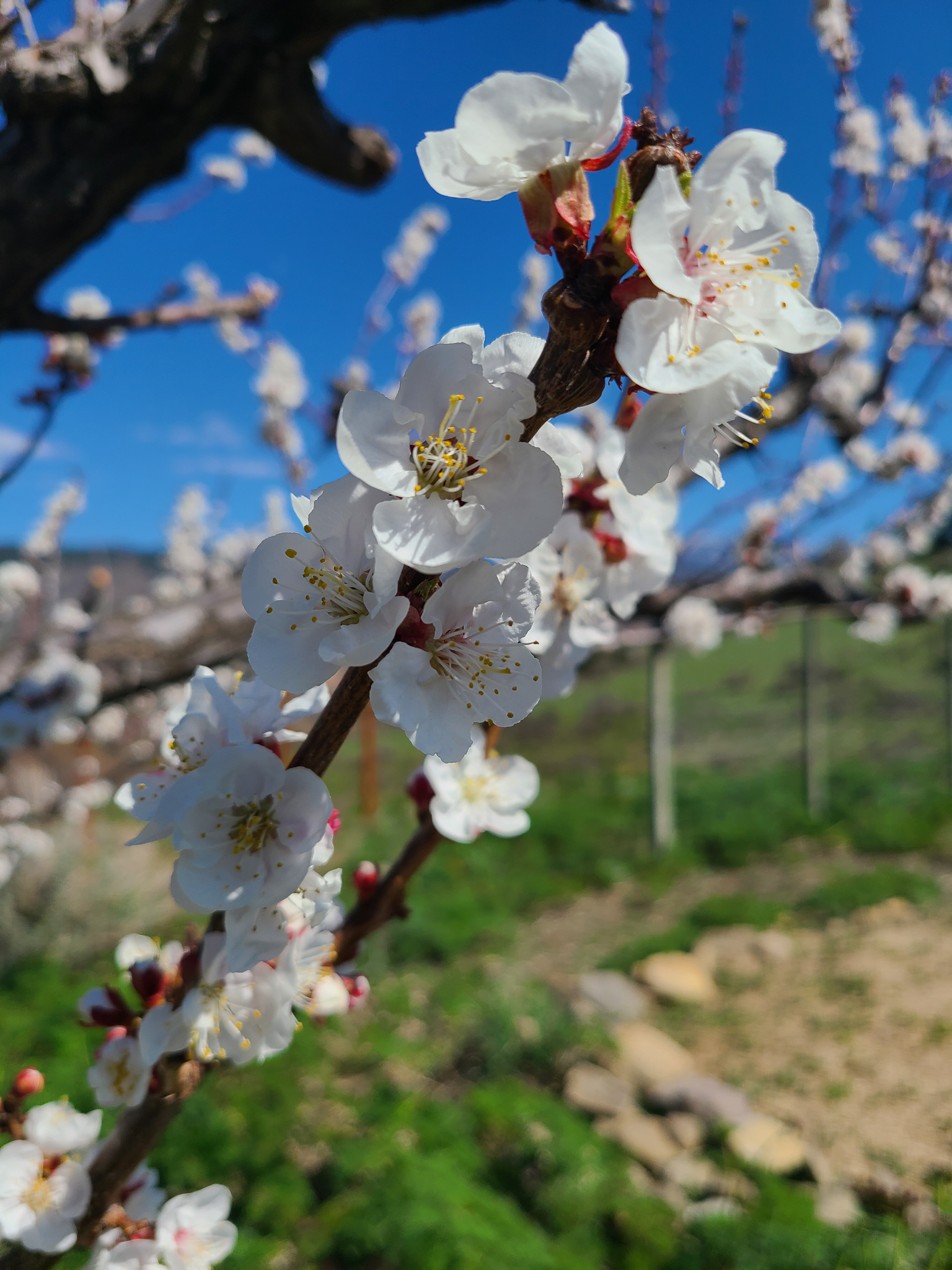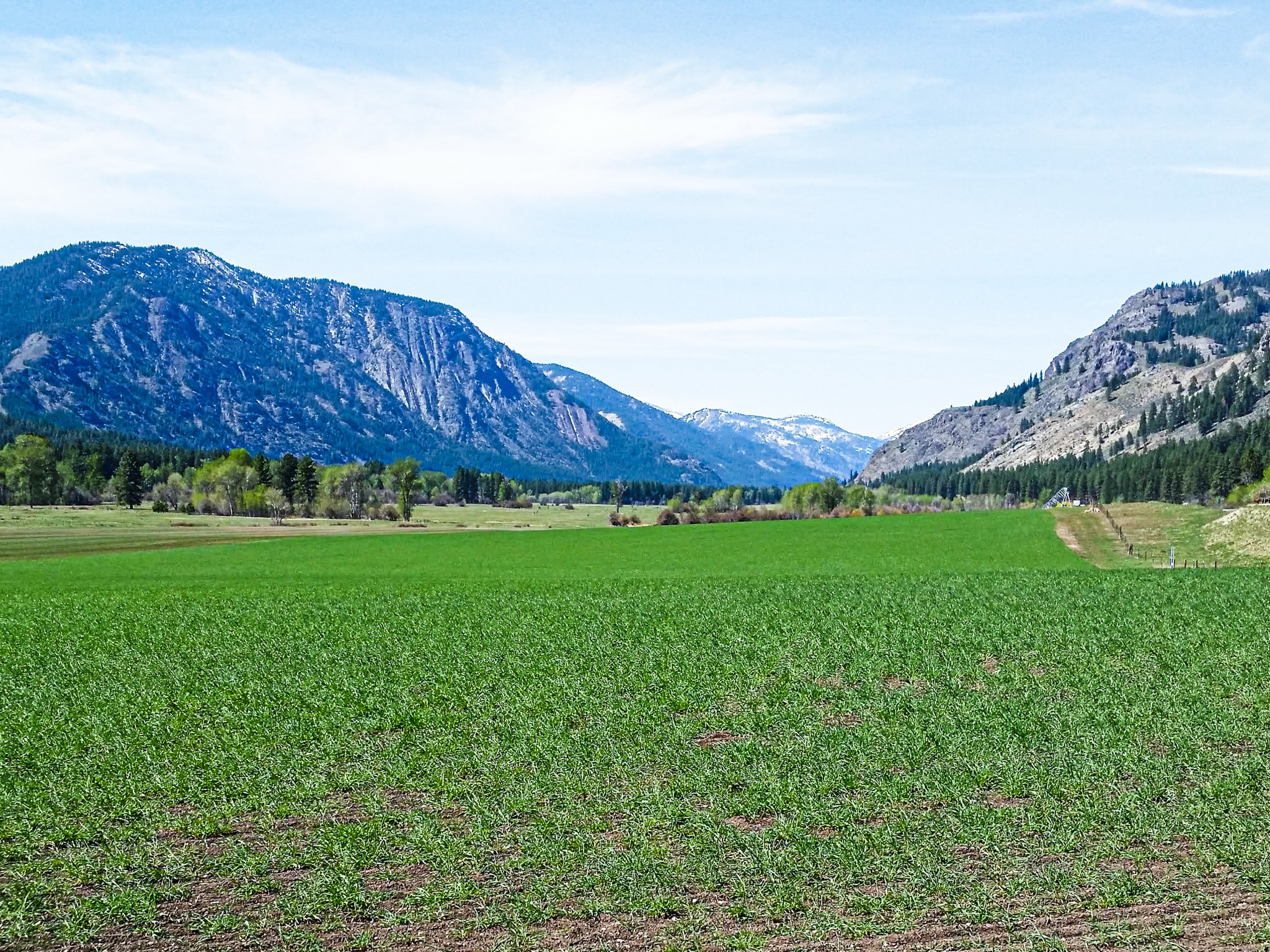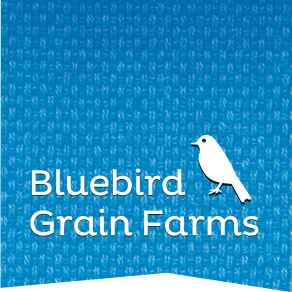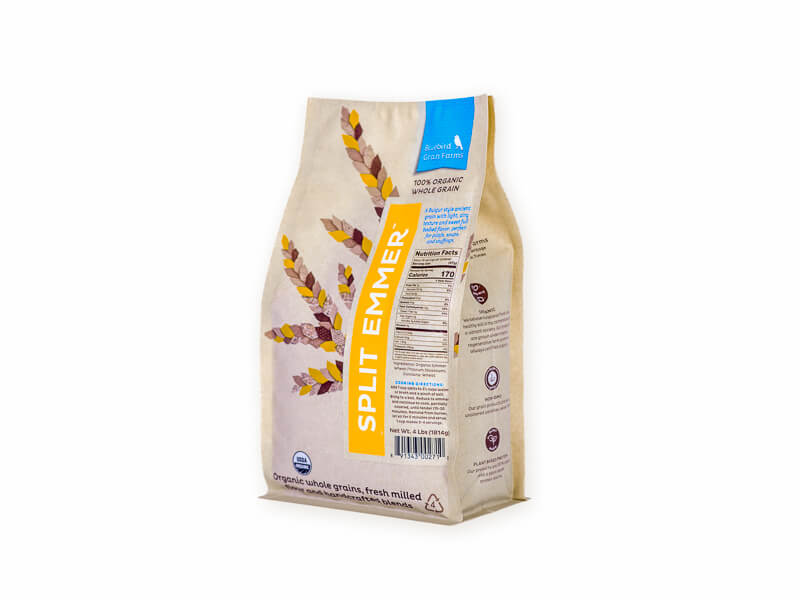
Evening. I stare straight at our fully blooming Apricot tree as I tap this month’s notes from the back porch. The two Labs snore mightily nearby, sprawled out on the fir planking as if it were 100 degrees out. Still full of winter-thickened blood, the first 60-70 degree days here in late April make us all feel a bit sluggish. But it is welcomed beauty in this change of the seasons, and with the first frost-free nights of the year the hillsides are greening up right before our eyes as wildflowers begin to burst and mornings are dictated by a cacophony of bird song – chipping sparrows perhaps in lead. Now, as twilight gathers, hummingbirds zip about that very Apricot tree, to the ageless and vital tune of Nature.
Of Nature’s promises that she keeps, the promise of seasonal changes is tops. Here in the North Cascades foothills, it seems that change can begin slowly, as it did this year when we had an endless freeze/thaw cycle that went on week after week, affording a nice, slow melt. Then, that fast, it bursts ahead and one finds themselves scrambling to keep up. I recall a local farmer from the generation before me once quipping: “Yep, no matter when Spring hits the Methow you start out three weeks behind.” Or a month…
This farmer has certainly felt that most years. The countryside itself: the grasses, the flowers, the coyotes, the birds, and the bees all hit top gear and their pace can set the pace for any of those who work with the land. As I promised in the last notes, I would start fieldwork, as usual, this month, and I have. Being temporarily short-handed at the mill, I’ve not done the amount I’d first hoped but so far have worked in the grain stubble I couldn’t get to last fall, and tine weeded the winter wheat. I’ve pulled soil samples from all our fields and soon will decide what exactly our spring rotation looks like.
Meanwhile, our winter rye and winter red wheat looks really strong and are off and running as the soils warm. They are growing side-by-side out at Big Valley and they grow quite differently. We got a good stooling out of the rye last fall, and this spring all the tillers are sprawled out so that each plant is about the size of a dinner plate. The wheat doesn’t spread out as much and grows more vertically even in the early stages of spring. The rye looks like a thick, chunky lawn whereas the wheat is easily still defined in rows. I tine-weed the rows of wheat so as to pop up any swollen weed seed into the bright, warm April sun. I let the rye be, as I can’t imagine any weed seed germinating under its thick, lush mat.
Once I’ve finalized our rotation, any grain will be sown in the next couple of weeks. Spring cover crops will likely be vetch or a later seeding of buckwheat. Or both! Fertility is paramount, but so is variety.
We had a very busy beginning to the month at the granary, although things have quieted some here toward the end. Our supply looks solid going into the spring-summer months, and our earlier crops this coming year will come off late July, or the first week of August. We’ve got a ways to go, however, and hope to keep any gaps filled!
The update on our new facility is as follows: We will be making a final decision whether to build this spring by next month! So, after tons and tons of planning, won’t this be exciting to see if it launches?
Hard as it is right now, please keep up the course trying to help one another through the ongoing pandemic. Covid -19 is hanging tight to whatever hosts it can find, as viruses do, and we need to keep up our guard. Fresh air never hurts, so I hope all can get out and smell the sweet spring breezes. As my writing light fades now, ruffed grouse drum down along our creek, and blue grouse hoot and strut along the upper pasture. Things sure seem puffy around here, as I wish you all a healthy spring!
Yours, Farmer Sam


